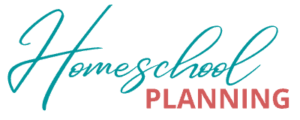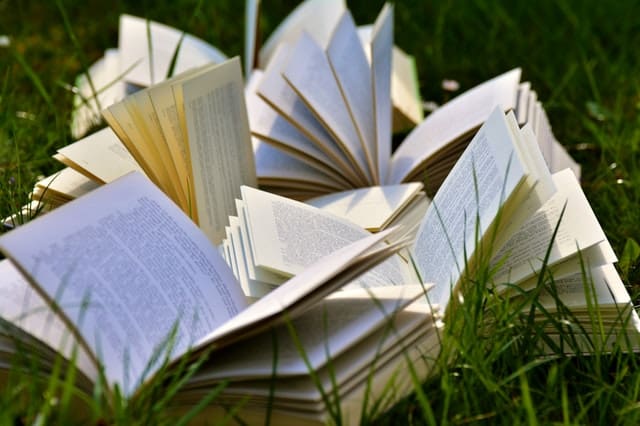Recently I have spent (way too much) time poring over booklists. See, how I’ve started designing our history curriculum is to choose one book as a spine, then choose several historical fiction books that correlate. I’m even doing this next year for my high schooler’s (eek!) world history credit.
It’s super simple!
We don’t do worksheets, tests, or memorize dates. Crafts and activities are not our thing when it comes to history either. I try to keep it simple and interesting with good books and good discussion. Yep, that’s enough.
Between these and the books my kids choose on their own, they will not only count as my kids’ history but also literature books as well. Though I do throw in a couple other great non-historical novels as well here and there!
Maybe you buy a curriculum package that comes with all the book lined out, but I don’t like being boxed in like that 🤪, so I create my own reading lists.
If you too want to create a simple book-based history curriculum for your homeschool family, then keep reading!
*Note: This post contains affiliate links, which means I receive a small commission, at no extra cost to you, if you make a purchase using the link. Please see my disclosure for more details.
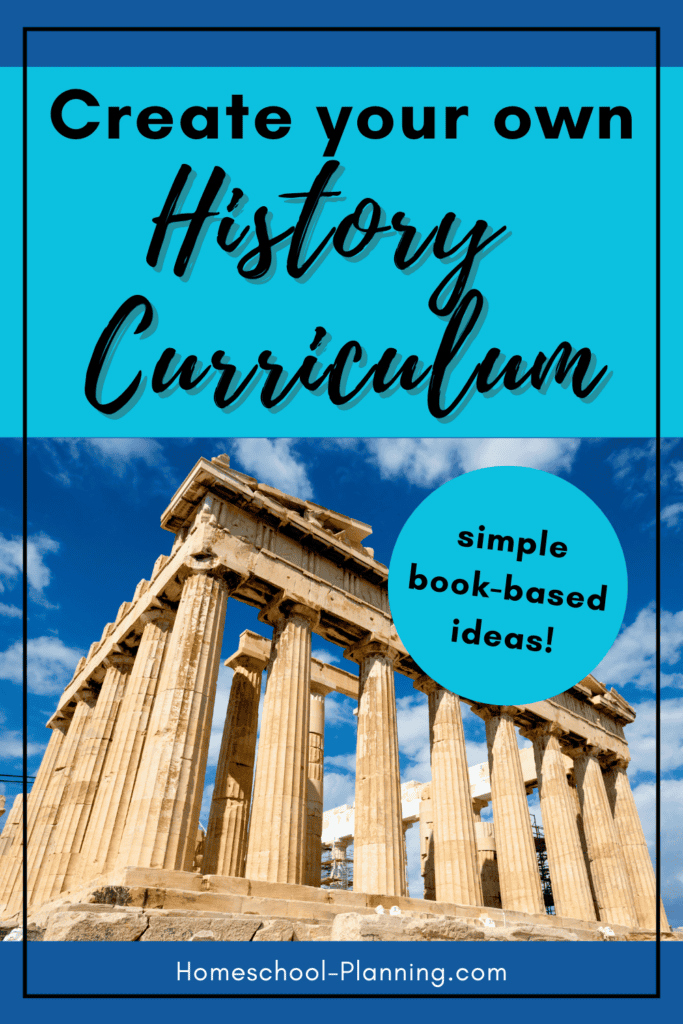
Create your own book based history curriculum
Creating your own book-based history curriculum is pretty simple. Here are the steps I use.
1. Choose the topic
Of course before you create anything, you have to have an idea of what you want it to be about! So you have to choose the topic. With a history curriculum, this would probably be the time period, and location. Like world history from the 1850s-present, or such like that. Or you could stick with just US history from 1850s.
Many popular homeschool curricula are based on a 4-year world history cycle. Generally, this could be split into the Ancient history period, medieval period, renaissance period, and modern history. The divisions between the years may vary with the curriculum.
Other curricula are split into 3 years. While others will cover the whole span in one year. So you can really decide what you want to do!
You may want to take things more topical, like covering the World Wars only one year. Or the history of your state, science, medicine, or aviation. Or you may want to follow the outline of topics your local public school covers.
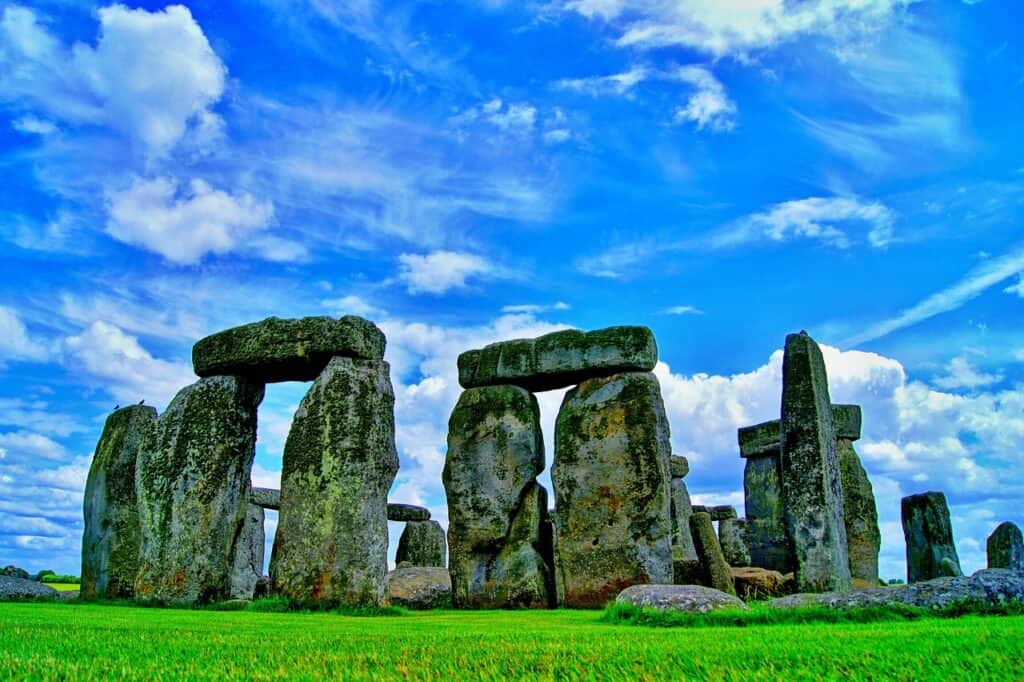
2. Choose a spine
The spine of a curriculum is a book or resource that serves as the basis or backbone that you build the curriculum around. This is often a book that covers the general information more concisely. Like a textbook or course of short videos.
You will use this book to understand the gist of things, then take little rabbit trails off to the side on various topics as you go along. In the past, we used Story of the World as our spine. So we would read a couple chapters in that, then read a book that fits in that time range, then go back to Story of the World.
If you happen to already have a book in mind that you could use as a spine, then maybe this will help you choose your topic. Sometimes you just need to find a great book as a guide!
Here are some resource ideas you could use as a spine:
- History of US
- Crash Course History
- History Quest
- Story of the World Series
- Mystery of History Series
- Kingfisher History Encyclopedia
- Usborne Encyclopedia of World History
- Biblioplan Series
- Notgrass History books
- Land of Hope
- Streams of Civilization
- Big Fat Notebook series
A note about using a curriculum textbook as a spine:
You don’t have to use the full curriculum. It’s ok to just use the main book! But if you want to use their worksheets and discussions, it can still be great to build out your own curriculum from there! You can even (gasp!) skip some of the chapters if you need to cut down on time.

3. Create the booklist
Once you have a spine chosen for your year, you need to create a booklist to go with it! Where do you get the ideas for these you may ask? There are sooo many resources yall!
To be honest, it usually takes a ton of time to narrow my list down because there are so many amazing books out there!
Here are the main places I looked this time for book ideas:
- I looked at the book lists from literature-based curriculum like Bookshark, Sonlight, History Odyssey, Ambleside Online, and Build Your Library. I also check out other curriculum packages for more ideas, like Notgrass History, My Father’s World, and Timberdoodle.
- I pored over the reading lists that came with our history spine, Mystery of History. There are hundreds of books on this list! Story of the World and Biblioplan also have great reading lists!
- Other great book list ideas come from Goodreads, Give Your Child the World, Honey for a Child’s Heart, and The Read-Aloud Family.
After I have some initial book ideas, then I have to narrow it down. We can’t realistically get through 50 books in one year, much to my disappointment! 😂
So here’s my tips on this and more:
- Because I have kids of varying ages, I am creating lists of picture books as well as longer novels. This way there is something for everyone. But don’t be fooled, we will all enjoy all of the books together!
- I look up the books I’m interested in on Amazon or Goodreads for more info and reviews.
- I check to see if our library carries the books. This can help narrow down my list as well as make homeschooling sooo much cheaper! Though of course you will be limited more on availability and timing.
- It’s probably best to keep books to maybe 10 or so a year if you’re reading novels, depending on the length. Picture books you could get through more if you want.
Well, if you too want to create your own book lists for history, another subject, or just for fun, you can use my book list forms! Here is the link to download your own copy for free.
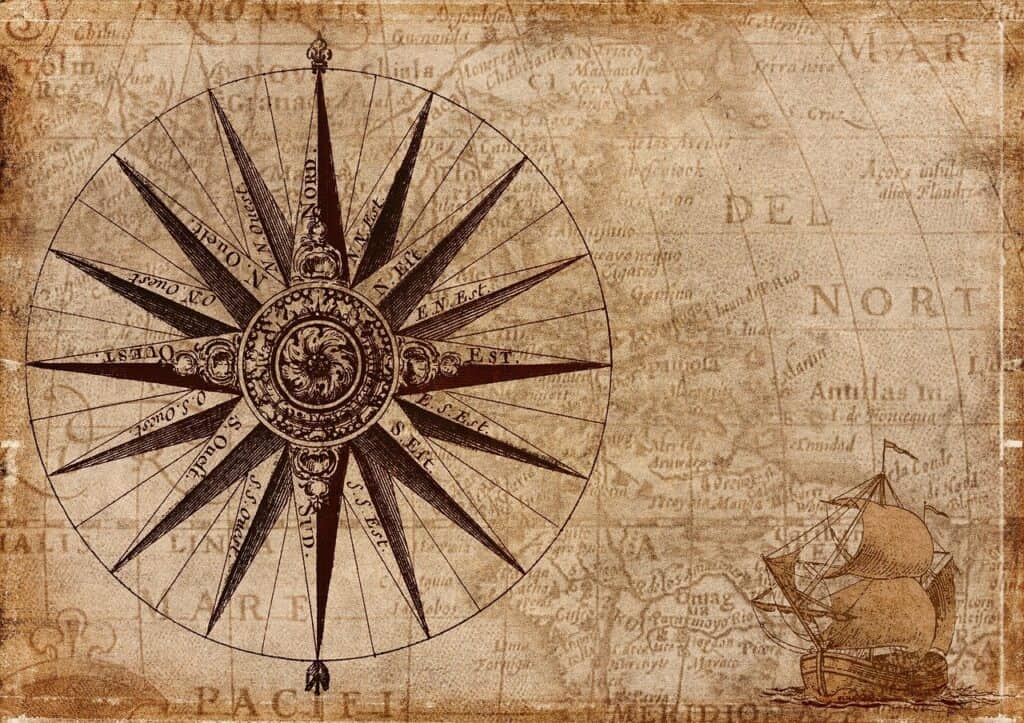
4. Choose more fun stuff (if desired)
Do you have some fun games, movies, field trips, crafts, or other activities you want to do as part of your curriculum this year? Now’s the chance to come up with some of those ideas.
We like to visit any historical sites or museums in our general area when we can, especially if they align with what we’re learning about. But also when they don’t. Don’t worry, it doesn’t have to be perfect.
For older students, you might want to add in a research report or some written narration. But there’s no need to overload them with a ton of work. Keep history interesting and engaging.
You may love to do crafts or games. Or you may not be able to completely let go of the worksheets aspect. So choose those other resources now.
Here are a few ideas to get you started:
- Trekking Through History board game
- Trekking the World board game
- Go Fish US history game
- Classical Historian Games
- Timeline Twist card game
- A Journey Through History coloring book
- Build a metal colosseum
- History pockets activity books
- World History Detective workbook
- History of the World Mad Libs
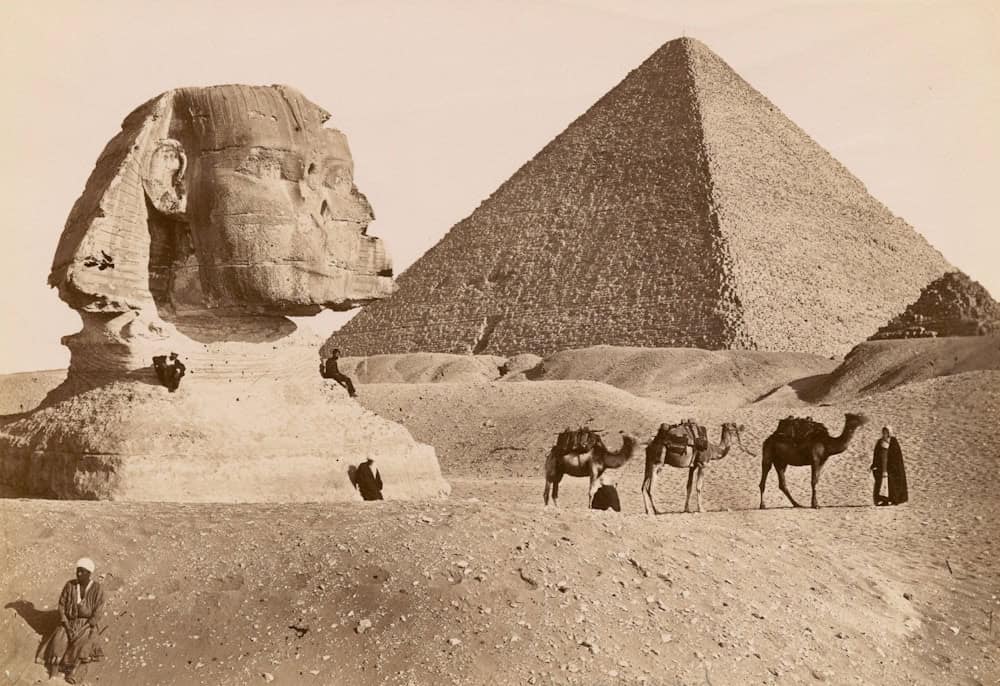
5. Check out the timing
If you are planning all kinds of great books and fun activities, it’s so easy to overplan! So it’s good to be sure you can actually accomplish all you want to in your year. If it’s too much, pare down some before you spend money on things.
The best way I have found to do this is to guess how long each resource will take and then translate that into the number of days it will take to cover during your school year. Once you have done this, you will add all these days up and see if it will work for the total number of days you plan to cover this curriculum. Don’t forget to figure in the timing of your spine as well!
For instance, if the book is 100 pages long and I find an audio version that says it is 1.5 hours, I figure that will take us 2-3 days since we read around 30 minutes or so each day. If you can’t find an audio version, you could guess how many pages you may read per day. We often read 20-30 pages a day, depending on the type size and length of pages.
You could also plan backward. If you want to do the spine and 10 books in the year, you could divide them all down and decide how many days you have for each, then decide how many pages you will need to read to accomplish the book in that number of days.
When you have figured all this out, you will also have a general idea of what you will be doing each day!
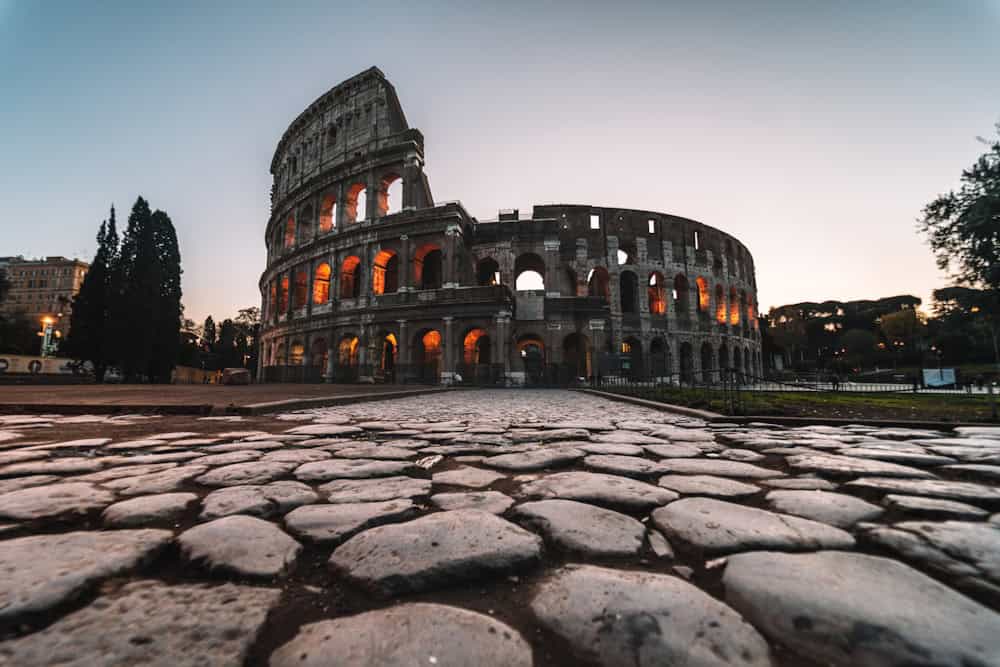
6. Align with the spine
Now that you have decided on all the components of your curriculum, it’s time to align the supplements with the spine. This is honestly not as difficult as it may sound. First, next to each resource mark the lesson(s) it correlates with. Then put these resources in number order.
For instance, if you have a book you want to read that goes along with lesson/chapter 5 in your spine, write a 5 next to the title of the book. Once you have done this with each book, activity, and game, put all those numbered resources in order.
If you have a resource you don’t want to align with a certain lesson, you can either leave this list separate or write this resource at the top of your list without a lesson number.
This finished list is what I like to call a curriculum map. It’s also basically a syllabus. You may hear others refer to it as a lesson plan list.
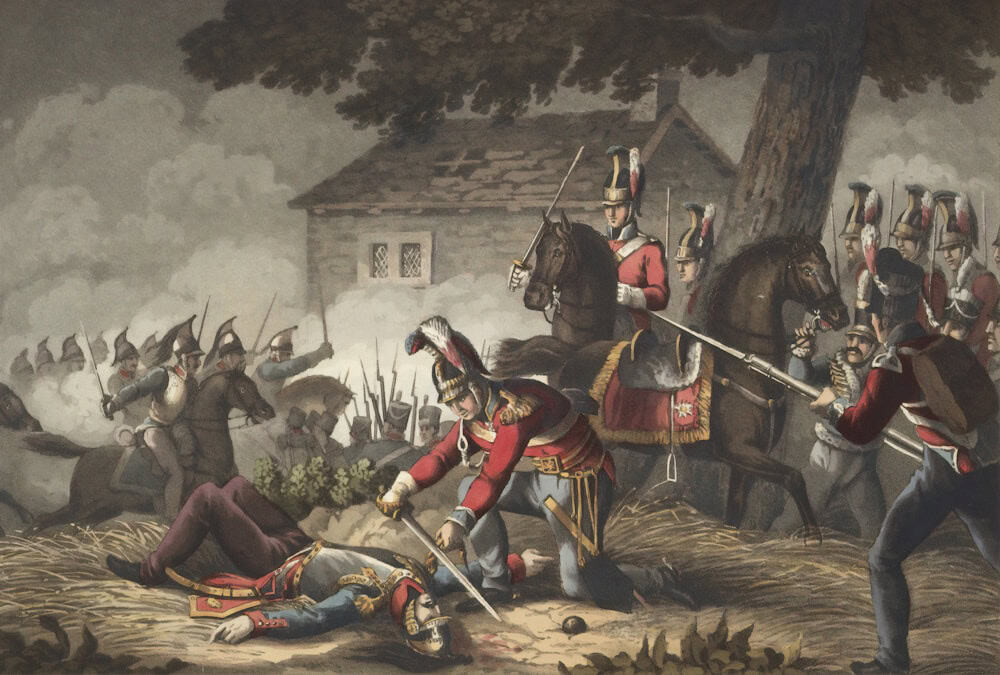
6. Create a daily or weekly task list
Now that you have the general outline of your history curriculum created, you just need to nail down how it will look each day when you do the lessons. This will be your task list.
You don’t need to create specific lesson plans with the name of each activity listed, the pages to read, or all that unless you want to.
To keep it simple, you can just use your general curriculum ouline map for that then list how you will approach each lesson or day in a general task list.
Do you want to do maps, activities, or worksheets every day? Or will you just do these things at the beginning of a chapter or the first day of the week? Or do you not need a task list at all, since you only read?
You also may want to consider using a looping list for your day or week. For more info on that, check out my article on easy ways to use loops in your homeschool.
It’s up to you what this will look like, but the task list will help you if you have more things you want to get to each day within this subject.
Here’s an example of what a daily task list may look like:
- Do a mad lib
- Find location on a map
- Do an activity
- Read your current book
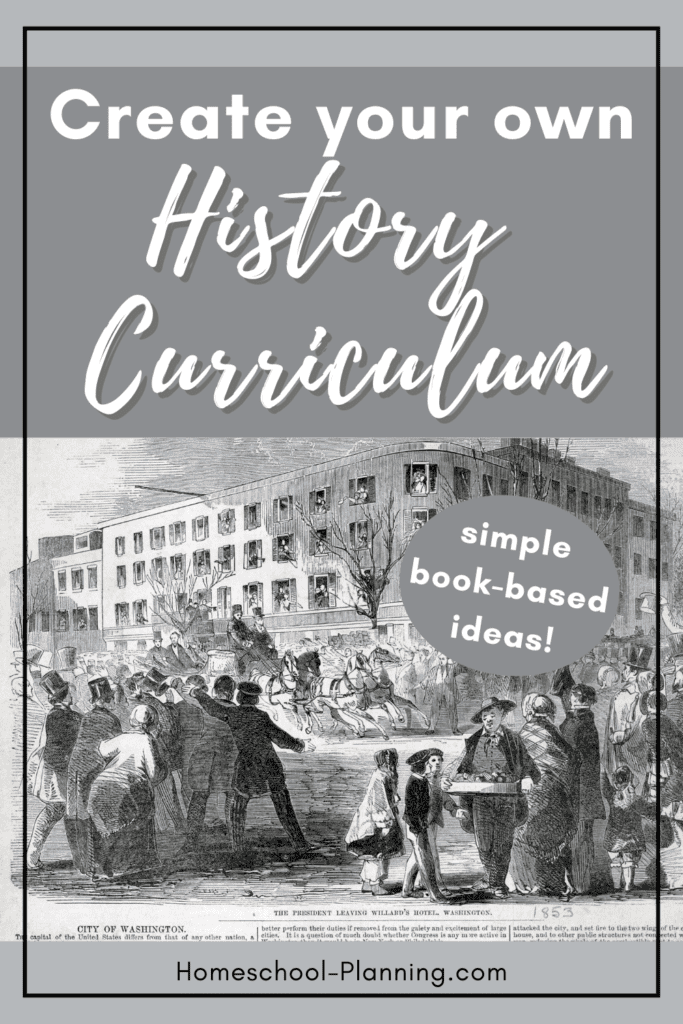
You did it!
Now you’re done! whew! It’s a lot, I know!
Now that you’ve done all this, you should have your curriculum all set and ready to go for the year! See, it doesn’t have to be expensive or difficult. And designing your curriculum can be pretty simple!
You can use these same ideas and apply them to many other subjects, topics, or ideas.
I plan on using this basic idea for many of my son’s high school classes. Since he will be working independently, this will work quite well! He will just work his way down the list of books, movies, and resources in order as he goes. And I will have a daily task list ready to go for him to use each day, including checking in with me at the end of the day.
Now you just need to gather all these resources and your year will be good to go. But don’t forget to use the library or buy things used! It can keep the cost so much lower!
Create your Own Book Based History Curriculum
Creating your own book-based history curriculum doesn’t have to be difficult or expensive. You can simply choose a list of books and activities, then align them together for your year. It really can be as simple as that!
